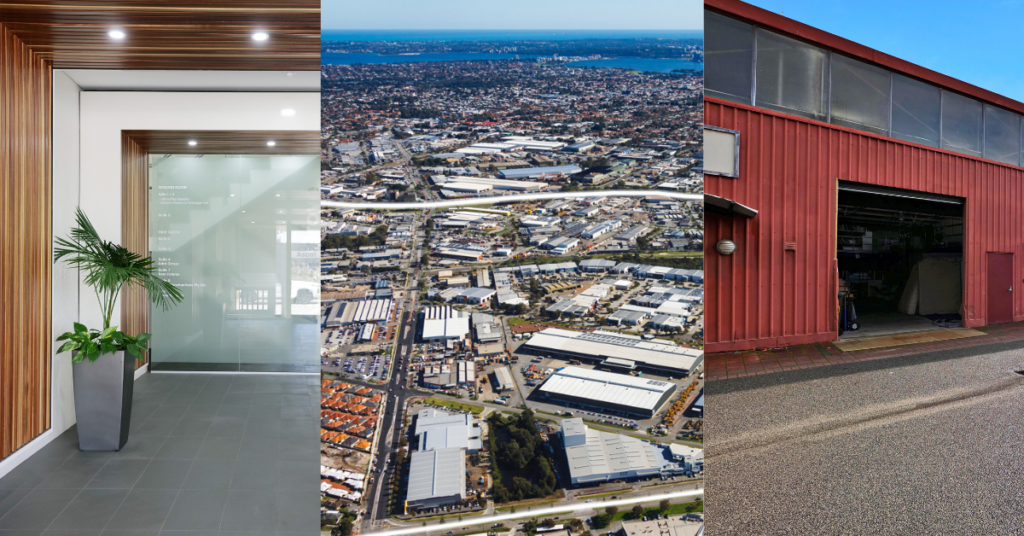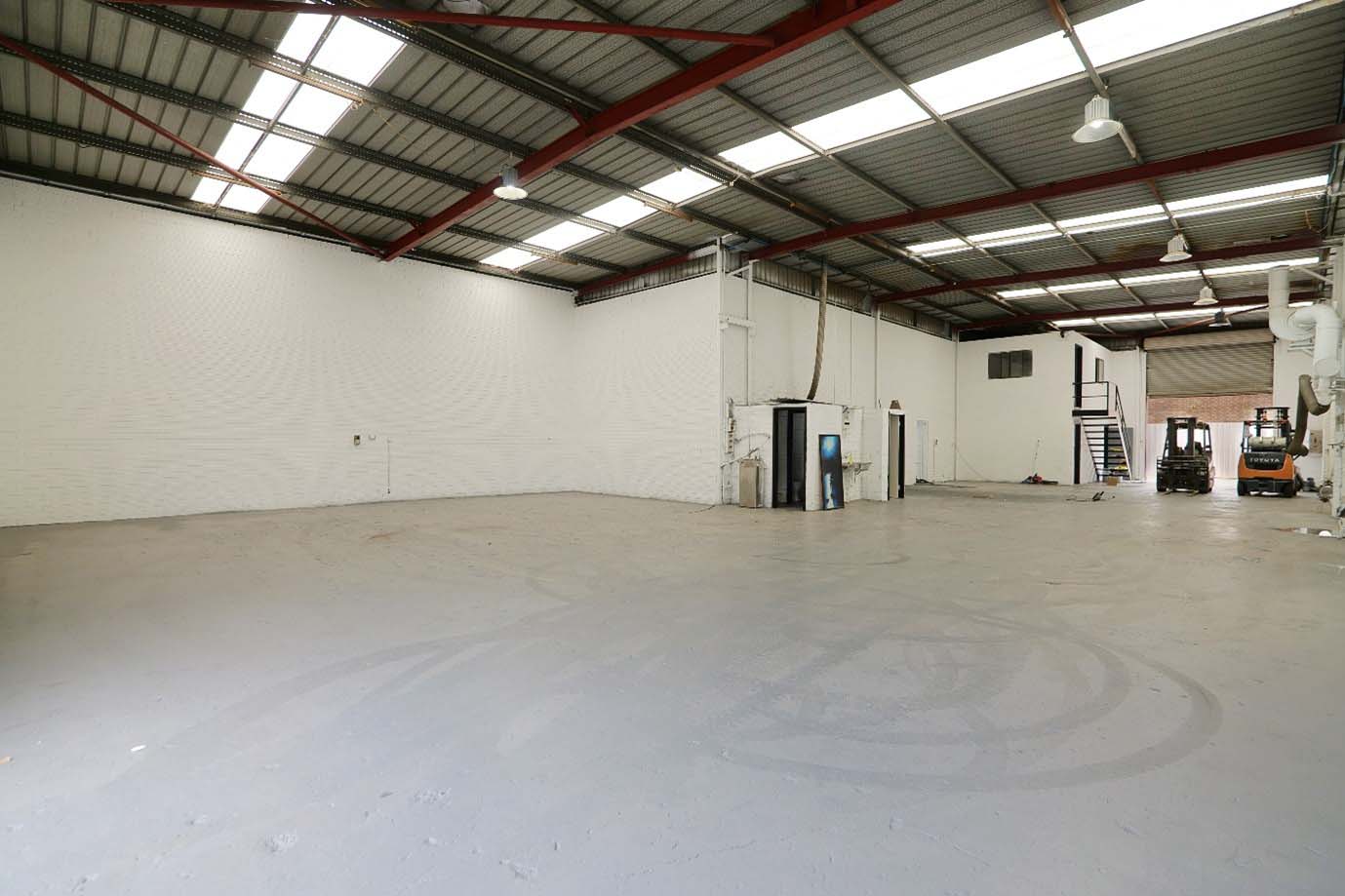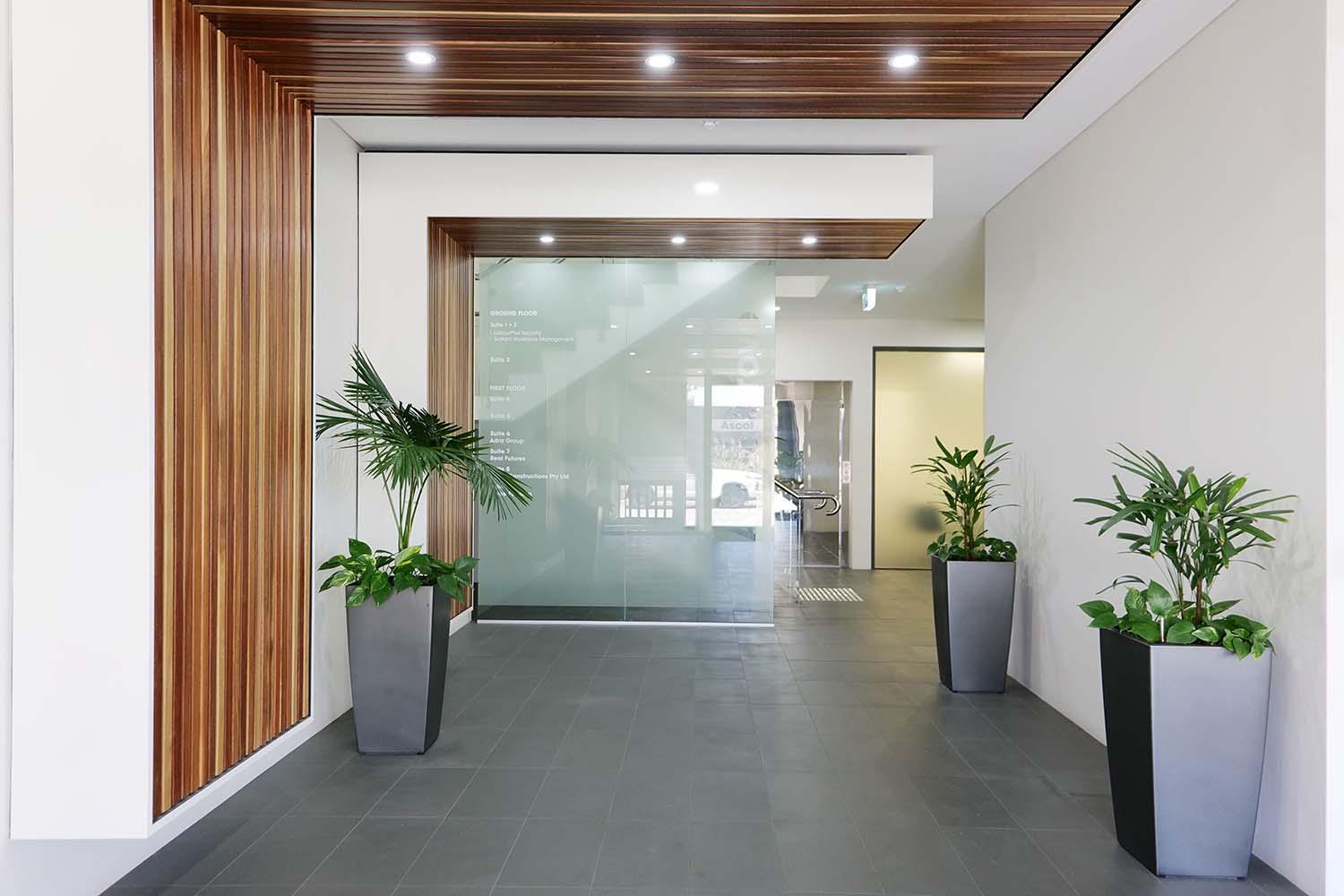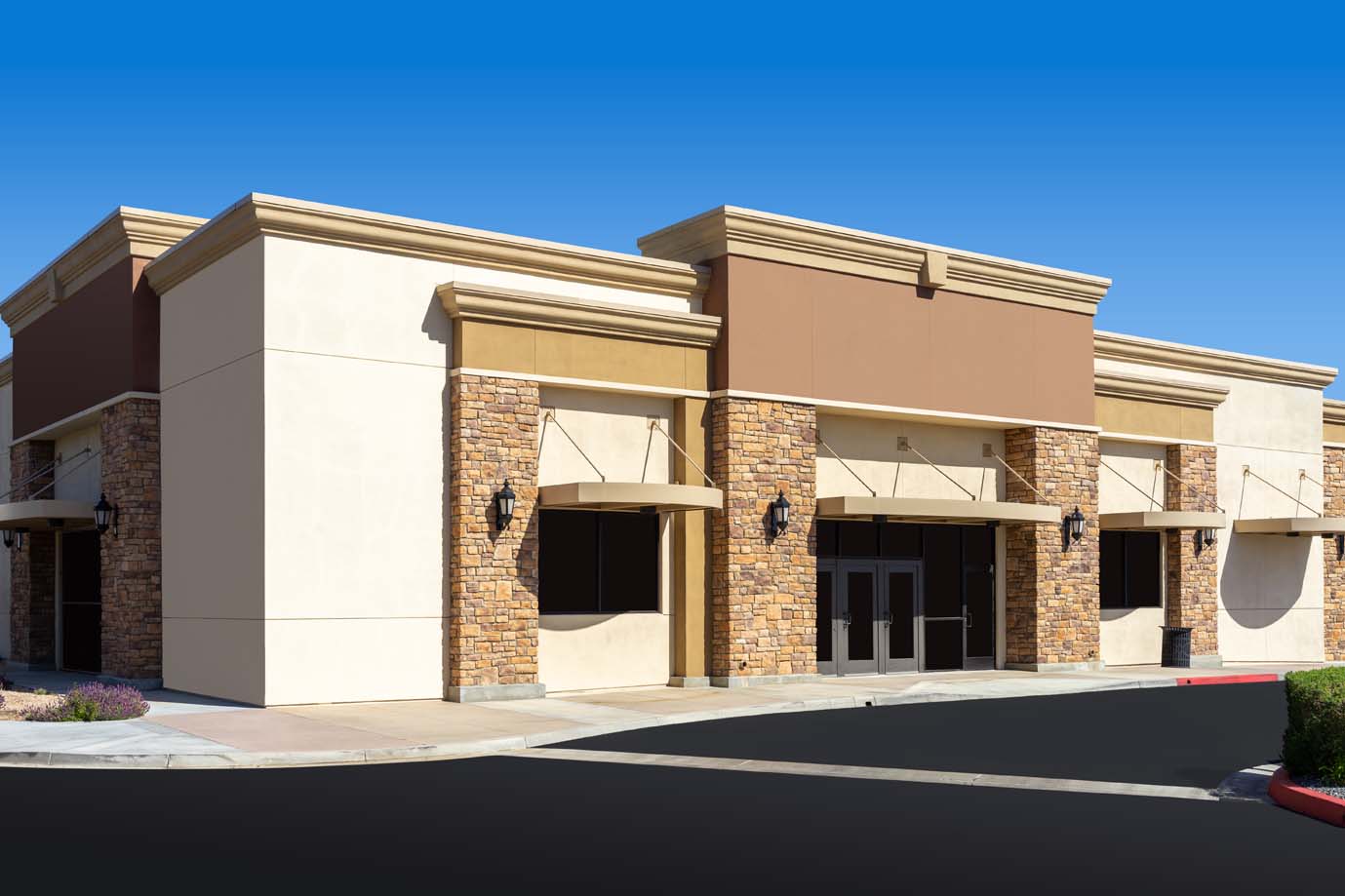Belmont Commercial Real Estate: Lease Guide
Learn about commercial real estate in Belmont and the properties for lease in Perth’s most central industrial area. Read our guide to leasing in Belmont.

A growing local population (3.6% in the 2022-23 financial year, ABS) paired with year-on-year improvements in gross regional product and domestic growth (4.7% in 2023, Western Australia State Budget 2024-25) makes Perth commercial property an attractive investment for local and interstate investors. With varying trends emerging within the office, retail, and industrial sectors, investors hoping to capitalise on Perth’s commercial real estate market in 2025 need to stay vigilant of the latest market forces at play.
As a family-owned commercial real estate company offering commercial property management in Perth since 1989, our team has been on the ground floor experiencing the rise and fall of varying commercial property types for over 35 years. With first-hand insight into the pros and cons of how property sectors within Perth’s south-east corridor operate, we help investors pick the right property type for them, with respect to the current market.
In this guide, we are going to share some of our expert guidance, alongside the latest market insights, to draw an in-depth comparison between the property investment types that will help you make the right investment decision for 2025.

Industrial properties have continued to emerge as the standout performer in Perth’s commercial real estate market, showing resilient growth and high demand.
Following the resources and mining boom that Western Australia experienced in the early 2000s, the industrial property market began to decline. After 2014, the value of industrial properties in Perth began to stagnate, beginning on a slow gradual decline. However, 2020 saw a significant change with sales increasing by over 400 properties across greater Perth (compared to 2020) (Source: REIWA September 2024 Commercial Property Update). The increased reliance on transportation, logistics, and cold storage services during COVID-19 saw vacancy rates plummet, and by 2022, vacancy rates in the south region of Perth dropped to a record-low 3.1% Australia-wide (Source: NAB Commercial Property Survey 2022), with an upswing in the market which remains strong today as property values continue to rise.
In 2024, Perth’s industrial market continued to perform strongly, outpacing other commercial property sectors as the shining star for commercial property investments.
By the end of June, the annual median sale price per sqm increased 13.6% compared to 2023, reaching $2,389. This was accompanied by a 5.3% decline in sales over the previous 12 months, with just 1,067 industrial sales as a shortage of developed land drove prices up (Source: REIWA).
Similar patterns were seen in the industrial rental market, where vacancy rates remained at record lows, causing rents to grow by 3.2% in Q1 2024 (Source: NAB Australian Commercial Property Survey Q1 2024).
The outlook for Perth’s 2025 industrial property market remains positive. The continued shortage of stock and ongoing strength of the resources sector is expected to drive further growth. While some yield softening has been observed, as of Q3 2024, rents for industrial property are expected to grow 2.2% and 3.0% in the next 1-2 years respectively in Australia (Source: NAB Australian Commercial Property Survey Q3 2024). As it stands, the demand for larger industrial lots and the scarcity of developed land are likely to keep pushing prices upward.
As market forces take place, the high returns of the Perth industrial property market are expected to soften as supply increases. However, long lead times for the new supply, paired with strong local growth, continue to make industrial properties an appealing investment.
If you are considering investing in industrial property in 2025, ensure that you balance your analysis of market trends with your personal investment goals and the unique challenges and benefits industrial properties offer. Key points to consider include:

Recovering from the steep demand decline of the 2010s and the rise in working from home, office properties are seeing a promising upswing.
In the later part of the 2010s, demand for Perth’s office spaces was in a deep decline. In 2016, before the work-from-home effects of COVID-19 had set in, the Property Council of Australia reported that Perth’s office vacancy rate was the highest it had been in over 20 years, with a CBD office vacancy rate of 21.8%. Increased working-from-home flexibility post-2019 continued to cast doubt on the market, but in 2024 the market has shown substantial resilience.
Across Q2 of 2024, rents for commercial office properties grew by 3%, with prime net face rents increasing 0.4% quarter-on-quarter (Source: Real Estate Asia). In the first half of 2024, REIWA’s Commercial Update showed a rise in demand with total office sales up 20.3%.
Analysts are forecasting continued growth in the sector over 2024 and 2025. The positive forecasted trajectory is supported by several factors, including limited new supply scheduled for 2025 and WA’s strong population growth. In REIWA’s September 2024 Commercial Update, the trendline for Perth office space price per square shows a gradual upward decline from 2020, with stable year-on-year growth in property value.
While their growth hasn’t been as strong as those in the industrial sector, office properties present a worthwhile investment opportunity. If this is your first office property investment, take careful consideration of the features of office spaces that will impact your investment including:
Tenant and property management complexity – Quick turnaround times on repairs, staying ahead on maintenance, and crystal-clear communication are all expectations that come with an office investment, increasing the need for high-quality commercial property management.

Throughout 2024, retail property investments continued to sit in the shadow of their industrial and office space counterparts, but a 2025 outlook shows some promise.
Changing consumer behaviours, the rise of e-commerce, and economic uncertainties have caused significant turbulence for retail properties throughout the 21st century. Leading up to 2024, uncertainty increased as the Perth CBD retail sector experienced reduced foot traffic in the wake of COVID-19 as a result of hybrid working arrangements.
Going into 2024, large retail properties saw an uptake in strong performance, particularly those outside of the CBD including the Belmont area (Source: The Property Tribune).
However, retail sales declined by 0.4% in 2024 – marking the sixth consecutive quarter in a row reporting a decline (Western Australian Treasury). Rental growth in shopping centres, which showed initial promise, slowed with only marginal growth in most markets (CBRE).
By Q2, WA experienced a 3.5% year-on-year growth in retail sales (May 2024), the highest nationally. The quarter also saw increased regional shopping centre rents of 2.4% year-on-year (CBRE), though real estate rents overall remained unchanged during this time (Real Estate Asia).
In Colliers’ 2024 Q3 snapshot, Perth was shown to outperform most other Australian states in retail property yields, with average yields ranging from 5.35% to 7%, beaten only by Adelaide. In addition to this, Perth saw increased rental yields across most of the reported retail categories, with the exception being a decline in regional and neighbourhood shopping centres.
After an extended period of downturn, the outlook for Perth’s retail property market is cautiously optimistic in areas. Western Australia’s strong economic growth, population expansion, and significant investments in infrastructure and development projects is expected to positively impact the retail property market.
As reported by Real Estate Asia, Perth retail rents are expected to grow by up to 2.7% annually until 2028. As reported, over the past 12 months, completions of retail spaces totalled only 33,613 sqm, well below the 10-year annual average of 74,124 sqm. This decline in new retail space, coupled with the population growth of WA, is expected to push average rents up.
With retail spaces continuing to underperform in Perth’s CBD, but showing promise elsewhere, investing in retail requires careful risk calculation. If you are contemplating a retail investment in 2025, consider:
While the industrial sector has been in the spotlight for Perth commercial property, it is not the only sector worth considering. Perth’s strong population and domestic product growth have benefited all commercial property types, with office properties set to offer a unique advantage due to limited new developments and recovering demand.
Each type of commercial property comes with its own unique set of pros and cons. The best choice for you will depend on your unique investment goals, existing investment portfolio, and the current and expected state of the local market.
With leading insight across all commercial property types in Perth’s south-east corridor including Belmont, Welshpool, Kewdale, Victoria Park, and Burswood, we provide expert guidance. For your next investment, reach out to our team and we will offer support in managing your investment portfolio.
Speak with our team today to learn more.
"*" indicates required fields
Learn about commercial real estate in Belmont and the properties for lease in Perth’s most central industrial area. Read our guide to leasing in Belmont.
The Perth commercial real estate market has a wide range of office space available to suit any company, from high-rise office towers to prime-position, easy to access establishments.
This award recognises the best commercial leasing agents in each state by comparing REA data on campaign results throughout 2021.